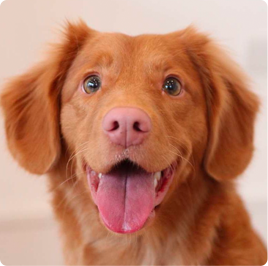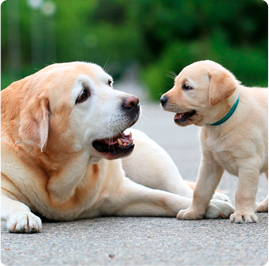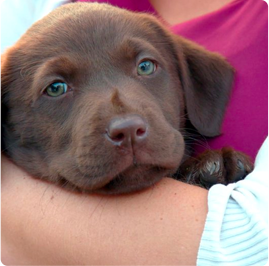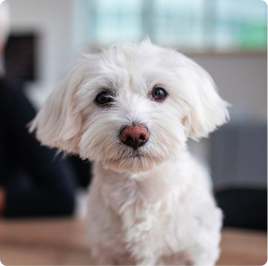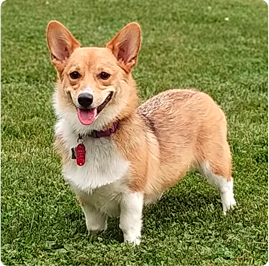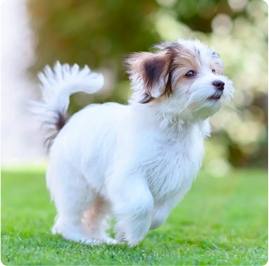The Right Way to Slow Down Your Fast Eating Pup
Has anyone ever told you, “if you eat too fast, you’ll get the collywobbles?” My grandmother did, which is how I learned that collywobbles is a term for an upset stomach. It is known that fast eating can cause gas, stomach ache and overeating, as the mind takes 20 minutes to recognize a sense of “fullness.” It is something that plagues humans and dogs alike. Canine speed eating is a common problem, usually linked to a dog’s instinctual nature to fight for food in his litter. While this is certainly not a great habit and something you want to work on with your dog, it’s not the end of the world. This topic can be sensationalized so we want to give it to you straight.
Real Concerns
- Other Bad Behavior: Speed eating is associated with greediness and can lead to aggressive behavior if he feels his food is threatened by another dog or child in the household.
- Choking / Gagging: If your dog is not fully chewing his food, it is possible for it to get lodged in his throat or wind pipe.
- GDV: The medical condition gastric dilatation-volvulus can occur (mostly in large breeds) from rapid eating and gulping that results in excessive air, fluid and food filling the stomach and causing swelling. With this expansion, the stomach can twist around on its axis, making it impossible for anything to pass through the stomach to the intestines and can be potentially fatal. This is rare, but something to keep top of mind if you have a large dog.
Similar to humans, the most common reality of his fast eating is gas (from both ends), upset stomach and diarrhea. All of which are unpleasant for you and your sweet pup, not to mention the real concerns listed above.
What To Do?
- Food Check: Make sure his fast eating is not a symptom of hunger by checking his food’s ingredient list and the nutrients in the serving size you are feeding him. It is possible that a little more food or better food is the answer. As a rule of thumb, 10% of your dog’s daily diet (by weight) should be protein and 5.5% should be fat.
- Commands: Work with your dog at food time to make him sit and wait as you place the bowl on the floor, only moving to eat after you give him permission.
- Engage the Brain: Instead of placing obstacles in his bowl to slow him down, choose ways to engage his instincts and his brain, which will automatically slow down the consumption process. Whether you toss his kibble into the yard so he can hunt it down, play hide and seek with his food inside the house or use an instincts-based puzzle feeder, there can be so much more to mealtime than a “slow bowl.”
Change The Way Your Dog Eats – For Good!
At Paw5 we are interested in more than just slowing him down, we want to challenge him! Both the Paw5 Rock n’ Bowl and Snuffle Mat were designed to engage your dog’s brain and tap into his ancient instinct to forage for food. While slowing down eating is a function of our food puzzles, it is not the ultimate goal. Paw5 is on a mission to turn meal time into an enriching and rewarding challenge for your dog. Our products will curb speed eating, as well as mentally and physically tire your dog as finding his food becomes a brainteaser!
Additional Info


